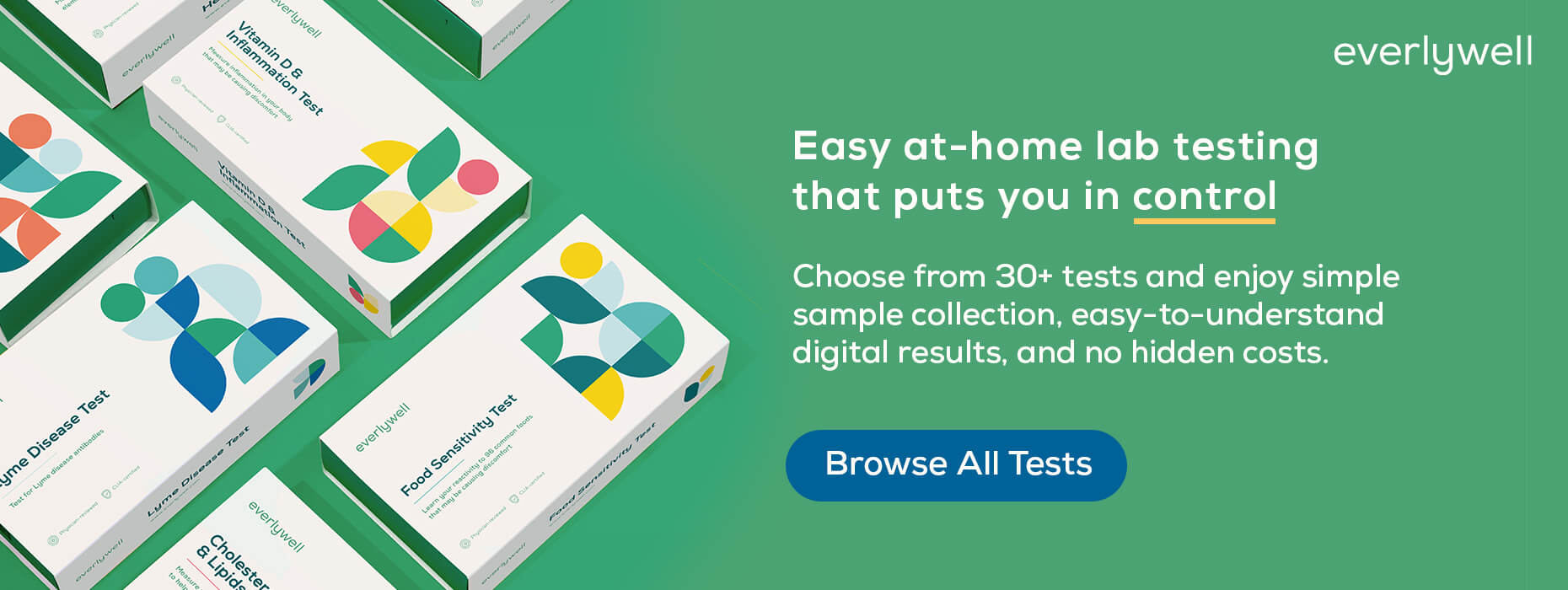
How Often Do You Need a Pap Smear?
Medically reviewed by Neka Miller, PhD on March 15, 2021. To give you technically accurate, evidence-based information, content published on the Everlywell blog is reviewed by credentialed professionals with expertise in medical and bioscience fields.
Routine Pap smears are recommended to women as a screening measure for cervical cancer, but how often do you really need to get one? If you’re wondering questions like “Do you need a regular Pap smear every year?” you’re in the right place. We answer these questions about Pap smears and more below, so read on to learn more.
What is a Pap smear?
The Pap smear or Pap test is a well-established cervical cancer screening method. Unlike many other kinds of cancer, cervical cancer can be easily detected before it becomes malignant. The Pap test, which involves a clinician collecting a sample of cervical cells for analysis, is a reliable method to detect signs of cervical cancer early on and initiate treatment as needed.
How often do you need a Pap smear?
Pap smears are not only important—they can be life-saving. After a cervical screening, if your test results are abnormal and precancerous cells are detected in your cervix, you can receive the necessary treatments from healthcare professionals to help prevent cervical cancer from developing.
So how often should you get a Pap smear? Here are the CDC’s screening recommendations for women and individuals with a cervix:
- Women in the 21-29 age range should undergo Pap testing every three years
- Women in the 30-65 age range should undergo a regular Pap test every three years, an HPV test every five years, or a combination of these two tests every five years, depending on your healthcare provider’s recommendation.
- Children ages 11-12 should receive an HPV vaccine.
- There are no cervical cancer screening recommendations for women younger than 21 years or more than 65 years; that’s because women in these age groups are not considered to be at high risk for cervical cancer.
Keep in mind that these guidelines do not apply to women whose cervix has already been removed, who have a prior diagnosis of a precancerous lesion or cervical cancer, or who are immunocompromised—among other factors. Consult with your healthcare provider to discuss your personal situation if you are unsure of when or if you should get tested.
Are Pap smears necessary?
According to the CDC, cervical cancer can usually be prevented if women are screened regularly with a Pap test—so, yes! If you have a cervix, Pap smears are a key part of maintaining and protecting your health. Pap tests can find precancerous cervical cells early, which increases the chances for successful treatment of those cells and prevention of cancer.
Women who may be most at risk of cervical cancer include: [ref]
- Women who do not have regular Pap smear testing and/or HPV screening
- Women who have had a sexually transmitted infection (STI)
- Women who have had more than one sex partner (or whose sex partner has had other partners)
Make it a priority to routinely get a Pap test and/or HPV test, based on your age and other risk factors. As an initial step, consider consulting with your healthcare provider to discuss frequency and testing cadence.
If you want to check for an HPV infection without the waiting rooms or clinic visits, you can now screen for an HPV infection from the comfort of your home. The Everlywell HPV Test for women allows you to collect your sample at home, send it to a CLIA-certified lab for testing, and receive your digital results in days. From there, you can choose to share your results with your healthcare provider to follow up and discuss next steps.
Related content
Can you get cervical cancer without HPV?
References
1. What Should I Know About Screening? Centers for Disease Control and Prevention. URL. Accessed March 15, 2021.
2. What Are the Risk Factors for Cervical Cancer? Centers for Disease Control and Prevention. URL. Accessed March 15, 2021.
